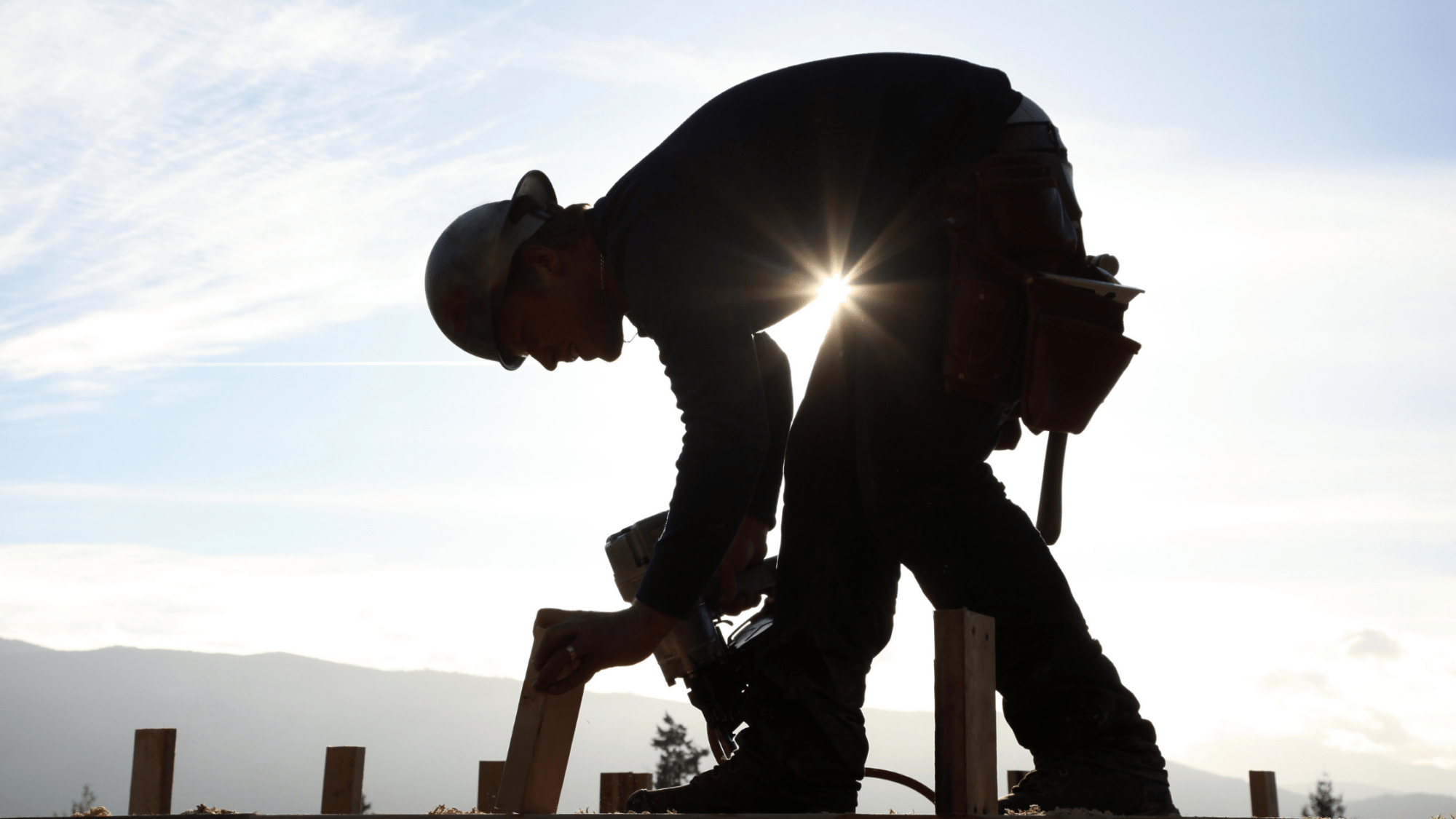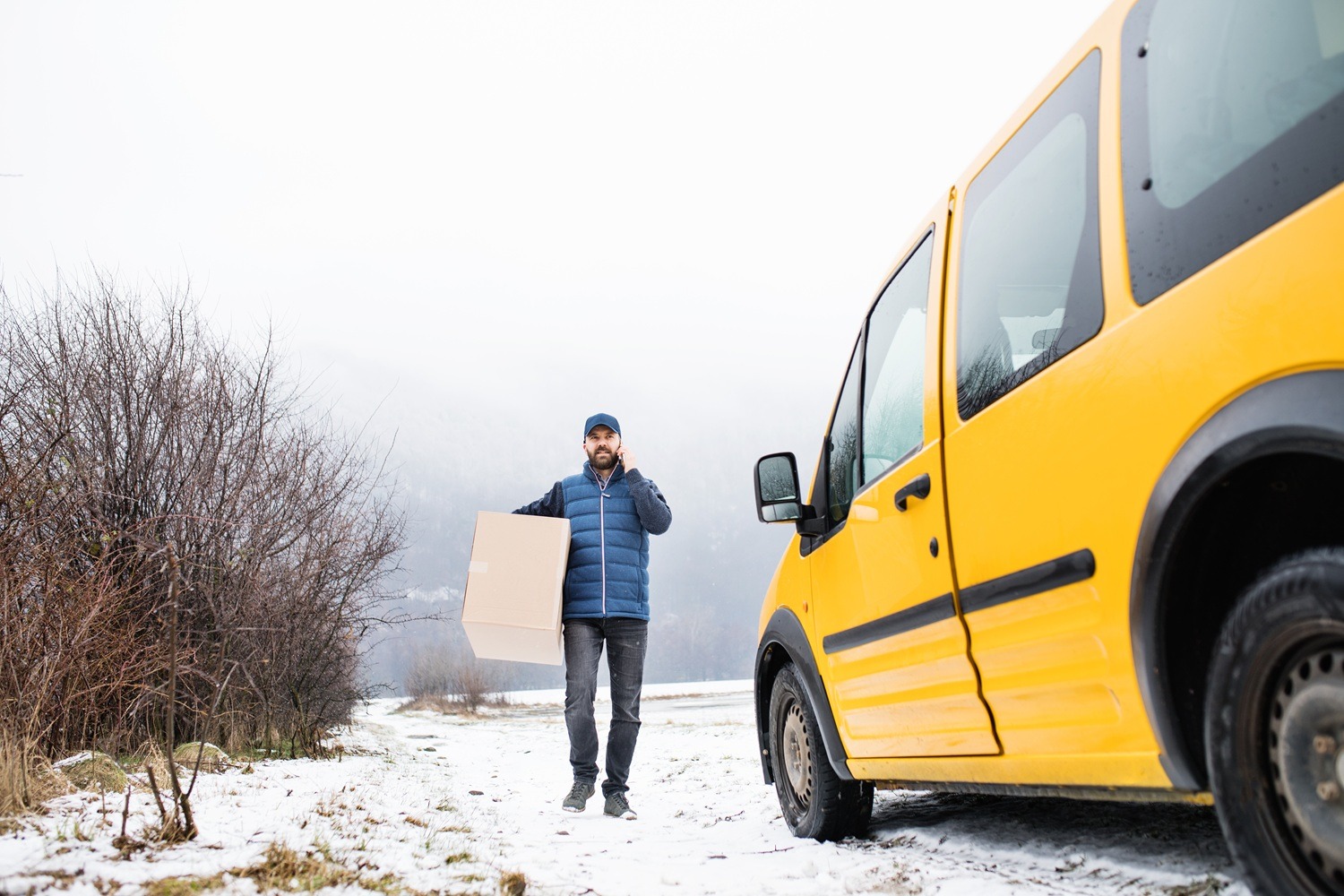
If you or your employees work alone, they must have a lone worker check-in procedure in place. Not only will this improve workplace safety, but it is also required by law. Having a system in place is the responsibility of employers to ensure it’s in place for their workers.
Here are tips for setting up a lone worker check-in procedure.
Set up a monitor
The most critical component of a check-in procedure is appointing a monitor. A monitor will look out for the lone worker and the person or system who will receive check-ins. This person can be someone from your organization, but it is best to have a third-party work-alone monitor in place. This way, monitoring is the primary priority for the person receiving check-ins.
With CommAlert’s lone worker monitoring system, we can monitor lone workers 24 hours a day. Our trained agents can receive check-ins and respond quickly and efficiently to emergencies if they arise. The worker’s safety is our top priority, and our system will ensure they’re being looked after.
Customize the lone worker safety solution
Not every industry or occupation will require the same check-in procedure. We can customize your plan to meet the needs of you or your workers. It will consider the worker’s movement throughout their shift, assess the level of risk of their job, and create a monitoring plan that best suits their needs.
If the worker travels, CommAlert needs to know their location and travel plans. If plans change, the worker needs to notify their check-in agent. Keeping the monitoring agent informed should be part of the work alone monitoring plan.
Decide on check-in intervals
Every occupation will also require a different frequency and quantity of check-ins throughout the day. CommAlert prefers a live check-in with one of our agents at the start and end of every shift. We believe this live-voice check-in boosts morale and comfort for workers as they know a real person is watching out for them. From there, we can customize the solution to provide check-in reminders as often as needed throughout the day. If the worker enters a riskier situation during their day, they can choose to increase check-ins during that time.
Intervals between check-ins are usually determined based on how hazardous the working situation is. They can be every 15-30 minutes to every few hours. The frequency of check-in intervals is something we can help you determine.
Create an emergency response procedure
If a worker fails to check in and doesn’t respond to our agents, we’ll initiate an escalation plan or call-out procedure. Your procedure usually includes a list of contacts within the company who will be notified or asked to check on the unresponsive worker. Emergency first responders might be contacted if things escalate, but this is usually the last step in the procedure.
If you need help creating your lone worker check-in procedure, CommAlert is here to help. Our system is customizable, easy to use, and proven to help improve workplace safety for lone workers. Contact us today!




